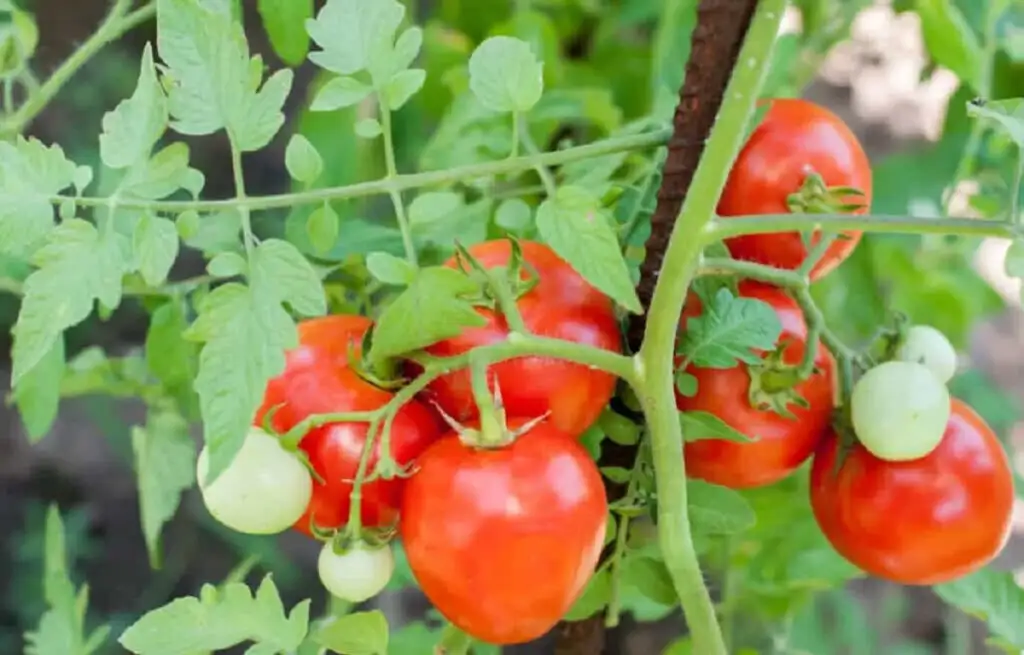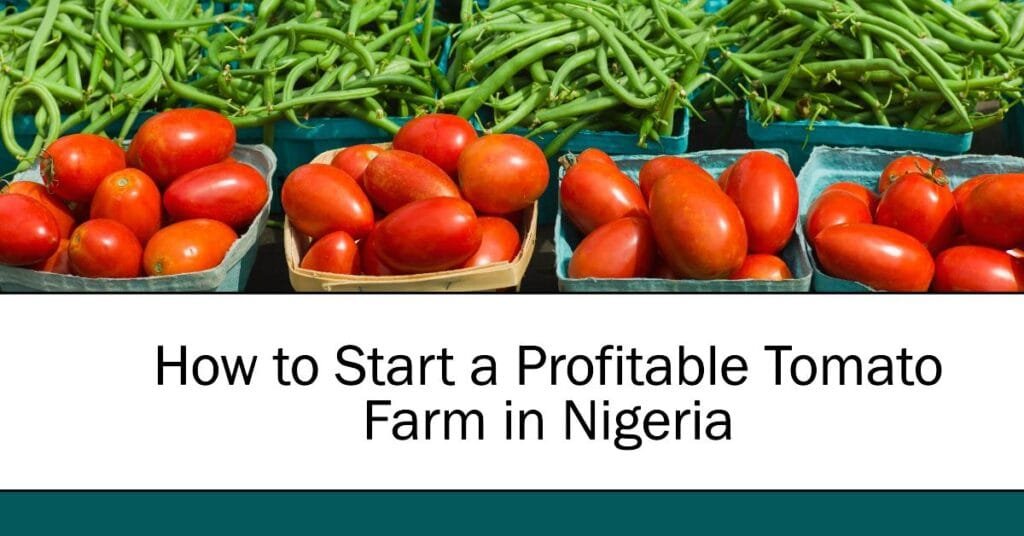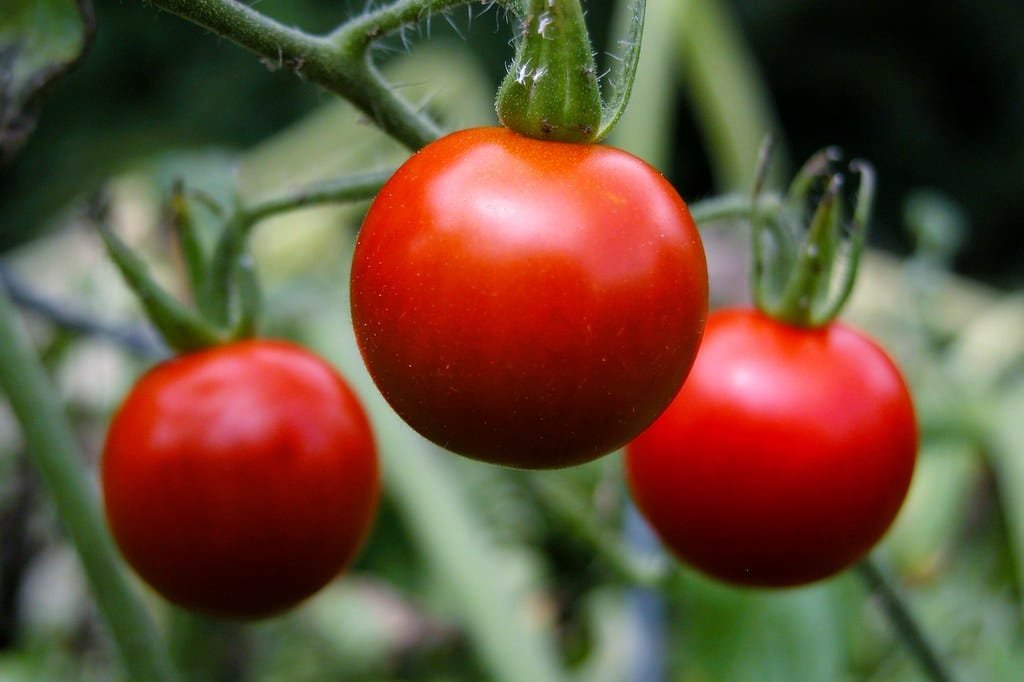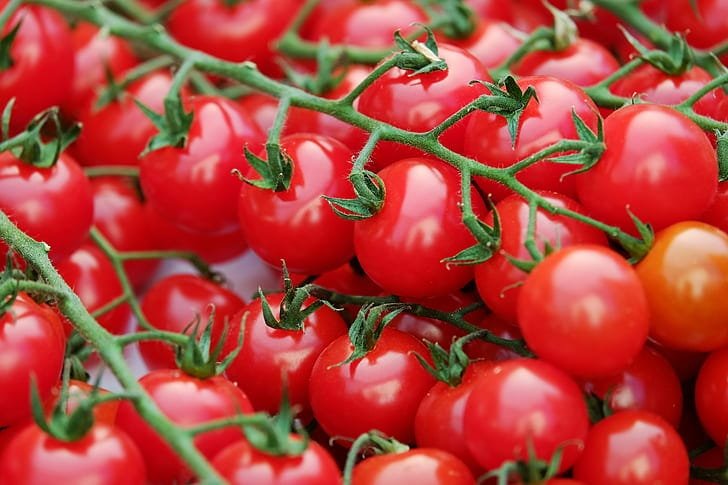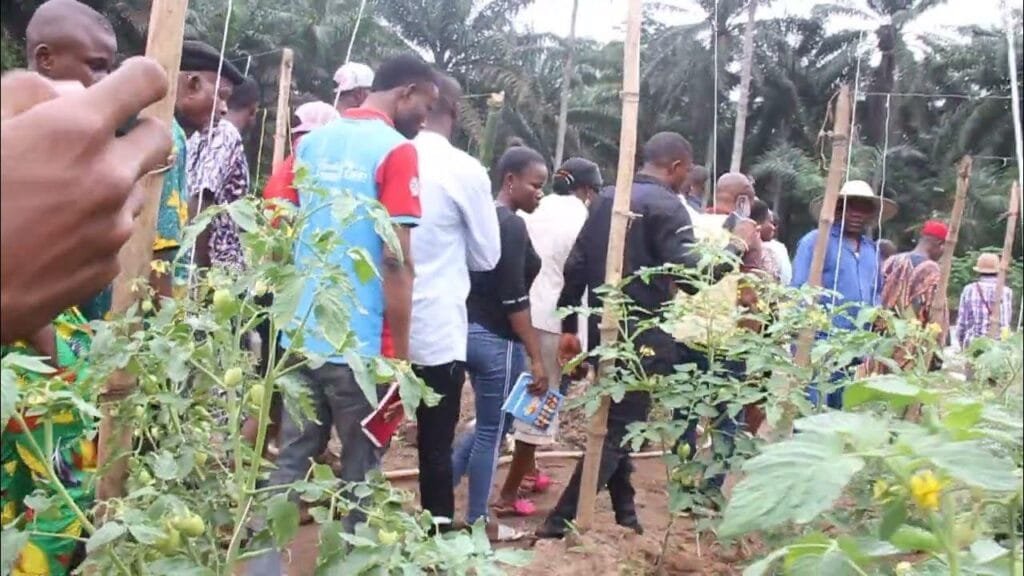Tomato farming is one of the most lucrative agribusiness ventures worldwide. But not all tomatoes are equally profitable. Choosing the right variety can mean the difference between struggling to break even and raking in substantial profits.
If you’re looking for the most profitable tomato to grow, you need to consider market demand, yield potential, resistance to diseases, and growing conditions. In this guide, I’ll walk you through the best tomato varieties for maximum profit and how to cultivate them effectively.
What Is the Most Profitable Tomato to Grow?
The most profitable tomato to grow depends on factors like market demand, yield potential, disease resistance, and shelf life. Generally, hybrid varieties offer higher returns due to their superior yield and resilience. Some of the most profitable tomato varieties include:
- Roma VF – High yield, disease resistance, and strong demand for processing.
- UC82B – Adaptable to various climates, great for fresh markets and processing.
- Cobra F1 – Ideal for greenhouse farming, high-yielding, and disease-resistant.
- Platinum F1 – Premium quality, long shelf life, and excellent market value.
- Cherry Tomatoes – High-value niche market, great for fresh consumption and exports.
Hybrid tomatoes like Roma VF and Cobra F1 tend to be the most lucrative because they provide higher yields, better disease resistance, and longer shelf life, reducing post-harvest losses.
Factors That Determine Profitability
Several factors influence how much money you can make from tomato farming:
- Market demand: Some tomato varieties fetch higher prices due to their taste, shelf life, or use in processing.
- Yield per acre: A high-yielding variety means more produce per square meter, boosting revenue.
- Disease and pest resistance: Losses from pests and diseases can significantly reduce profitability.
- Shelf life and transportability: Tomatoes that spoil quickly or get damaged during transport lead to losses.
- Growing costs: Some tomato varieties require more inputs, such as fertilizers, pesticides, and irrigation, which can impact overall profits.
Open-Field vs. Greenhouse Tomato Farming
Farmers can grow tomatoes in open fields or greenhouses. Here’s how they compare:
| Farming Method | Pros | Cons |
| Open-Field | Lower startup cost, suitable for large-scale farming | Higher risk of diseases and weather-related losses |
| Greenhouse | Controlled environment, higher yields, better disease management | Higher initial investment, requires technical knowledge |
For maximum profitability, many commercial farmers opt for greenhouse farming, especially with hybrid tomato varieties. However, open-field farming can still be profitable in regions with favourable climates and good disease control measures.
Hybrid vs. Open-Pollinated Varieties
- Hybrid tomatoes are bred for high yield, disease resistance, and market appeal. They usually outperform open-pollinated varieties in terms of profit.
- Open-pollinated tomatoes cost less to grow but may have lower yield and disease resistance.
Top High-Yield, High-Profit Tomato Varieties – What Is The Most Profitable Tomato To Grow?
Roma VF
- A popular choice for commercial farming
- Resistant to Fusarium and Verticillium wilt
- Ideal for processing into paste and sauces
- High market demand and good transportability
UC82B
- High-yield variety suitable for different climates
- Popular for both fresh markets and processing industries
- Short growing cycle, allowing multiple harvests per year
- Strong resistance to cracking and rotting
Cobra F1
- A premium hybrid with exceptional yield potential
- Strong resistance to common tomato diseases
- Ideal for greenhouse farming
- Produces uniform, attractive fruits with long shelf life
Platinum F1
- High market value due to superior fruit quality
- Longer shelf life, reducing post-harvest losses
- Best suited for controlled environments
- Resistant to major tomato diseases, reducing pesticide costs
Cherry Tomatoes (For Niche Markets)
- Highly profitable in urban and export markets
- Premium pricing due to unique taste and appeal
- Requires careful handling and marketing
- Suitable for greenhouse and organic farming
Maximizing Profits in Tomato Farming
Soil and Climate Requirements
For optimal yield, tomatoes thrive in:
- Well-drained, loamy soil with a pH of 6.0-6.8
- Temperatures between 20°C – 30°C (68°F – 86°F)
- Adequate sunlight exposure for at least 6-8 hours daily
- Moderate humidity levels to prevent fungal diseases
Best Farming Practices for Higher Yield
- Proper spacing and staking: Improves air circulation and reduces disease spread.
- Irrigation techniques: Drip irrigation is ideal for conserving water while ensuring consistent moisture.
- Fertilizer application: Balanced use of organic and inorganic fertilizers promotes healthy growth.
- Mulching: Helps retain soil moisture, suppress weeds, and regulate temperature.
- Pruning and training: Encourages higher fruit production and prevents overcrowding.
Pest and Disease Management
Tomatoes are vulnerable to pests like aphids and diseases like blight. To prevent losses:
- Use disease-resistant varieties.
- Rotate crops to break pest cycles.
- Apply organic or chemical pesticides when necessary.
- Implement integrated pest management (IPM) strategies.
- Remove and destroy infected plants to prevent the spread of diseases.
Water and Nutrient Management
- Watering frequency: Tomatoes need consistent moisture, especially during fruiting.
- Nutrient requirements: Essential nutrients include nitrogen, phosphorus, and potassium.
- Organic matter: Adding compost or manure enriches the soil and boosts plant health.
Processing & Value Addition for Extra Profits
How Processing Can Double Your Earnings
Instead of selling fresh tomatoes, processing them into products like tomato paste, dried tomatoes, or puree can significantly boost profits. Processed tomatoes have longer shelf life and higher market value.
Value-Added Tomato Products
- Tomato paste and puree
- Sun-dried tomatoes
- Canned tomatoes
- Tomato sauces and ketchup
- Tomato powder for seasoning
By investing in small-scale processing units, farmers can increase revenue and reduce losses from spoilage.
Selling Strategies for Maximum Profits
- Direct sales: Selling directly to consumers or restaurants yields higher profits than wholesalers.
- Timing sales correctly: Off-season prices tend to be higher, so proper storage or staggered planting can be advantageous.
- Target niche markets: Export markets, organic buyers, and specialty grocers often pay premium prices.
- Establish partnerships: Contracts with supermarkets, hotels, and food processors can ensure consistent sales.
- Leverage online marketing: Selling through e-commerce platforms and social media can expand customer reach.
Common Mistakes That Reduce Profitability
Avoid these costly mistakes:
- Ignoring market research: Planting without checking demand can lead to low sales.
- Poor pest control: Allowing diseases to spread can wipe out profits.
- Selling at the wrong time: Prices fluctuate; selling when supply is high reduces earnings.
- Inadequate soil preparation: Poor soil leads to weak plants and low yields.
- Overcrowding plants: Leads to competition for nutrients and higher disease risk.
- Lack of financial planning: Not budgeting for inputs and unexpected expenses can hurt profitability.
Conclusion
Growing tomatoes can be highly profitable if you choose the right variety and apply smart farming techniques. Hybrid varieties like Roma VF, UC82B, and Cobra F1 offer high yields and better disease resistance, making them top choices for commercial farming.
If you want to succeed in tomato farming, focus on best practices, pest management, and strategic marketing. Whether you opt for open-field or greenhouse farming, the key is to select high-demand varieties and maximize yield through proper farming techniques. Start with the right variety, and you’ll be on your way to making serious profits!
